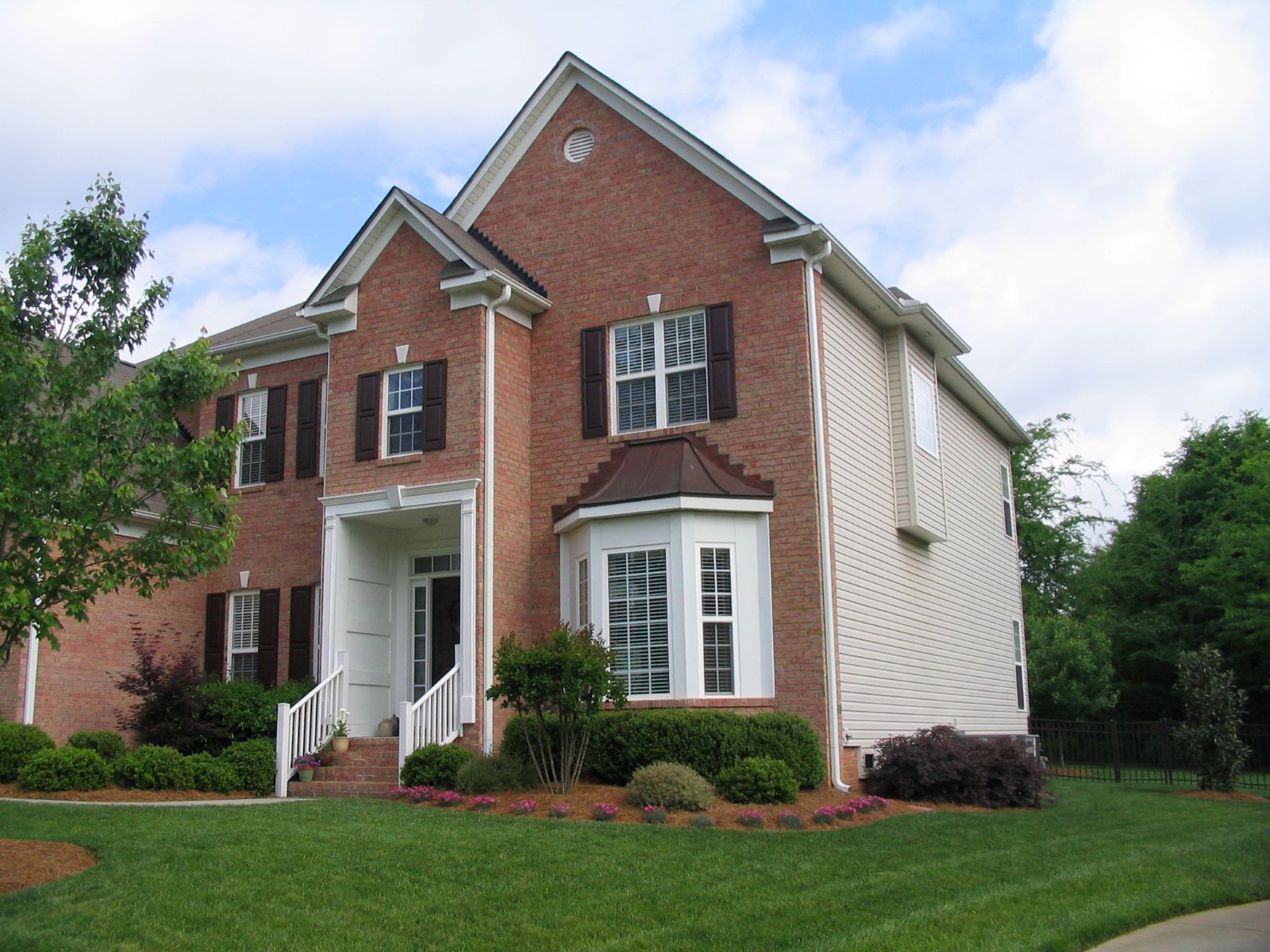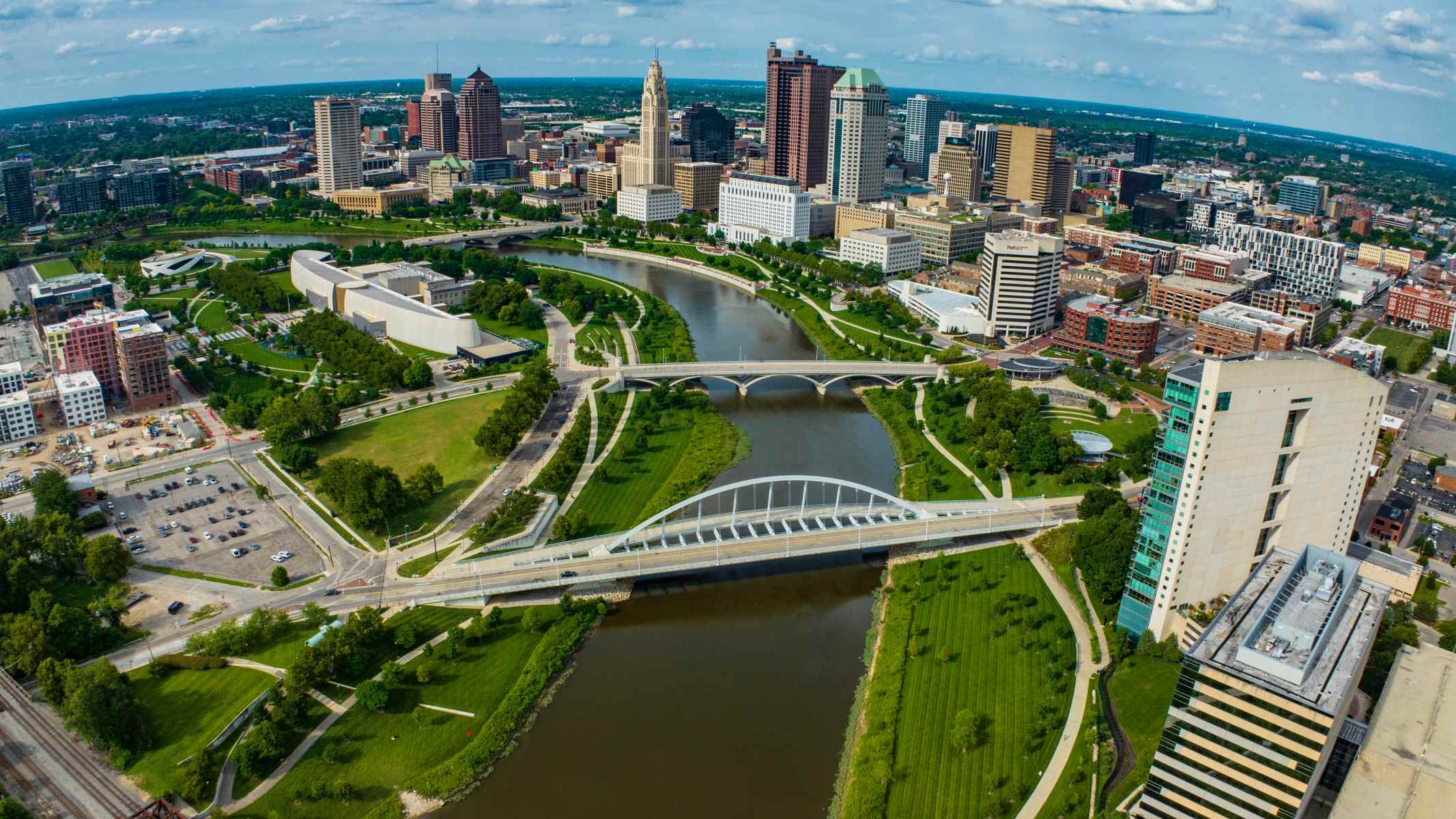Home>Real Estate>The Shocking Truth: Why HOAs Are Still Legal


Real Estate
The Shocking Truth: Why HOAs Are Still Legal
Published: January 4, 2024
Discover the surprising reasons why HOAs are still legal in real estate. Uncover the truth behind the controversial topic and its impact on homeowners.
(Many of the links in this article redirect to a specific reviewed product. Your purchase of these products through affiliate links helps to generate commission for Regretless.com, at no extra cost. Learn more)
Table of Contents
Introduction
Homeowners' associations (HOAs) have become an integral part of the real estate landscape, shaping the lives of millions of homeowners across the country. These entities wield significant influence, governing everything from property aesthetics to community amenities. However, the existence and authority of HOAs have sparked intense debates and controversies, leading many to question their legality and ethical implications.
As we delve into the intricate world of HOAs, we will uncover the historical roots, legal foundations, controversies, and the future trajectory of these associations. It is essential to understand the multifaceted nature of HOAs, as they impact not only property values but also the daily lives and freedoms of homeowners.
In this comprehensive exploration, we will unravel the shocking truth behind the continued legality of HOAs, shedding light on the intricate web of laws, regulations, and societal dynamics that sustain their existence. Join us on this enlightening journey as we uncover the realities, complexities, and potential future developments of homeowners' associations.
The History of HOAs
The roots of homeowners' associations (HOAs) can be traced back to the mid-19th century when urban planning and residential development began to take shape in the United States. The concept of planned communities, characterized by shared amenities and common architectural guidelines, laid the foundation for the emergence of HOAs. However, it wasn't until the early 20th century that HOAs gained prominence, particularly in suburban areas.
The rapid expansion of suburban neighborhoods in the post-World War II era spurred the proliferation of HOAs. Developers sought to create cohesive, well-maintained communities with consistent architectural styles and shared recreational facilities. This vision was realized through the establishment of HOAs, which were tasked with enforcing covenants, conditions, and restrictions (CC&Rs) to maintain the desired aesthetic and lifestyle within these planned communities.
Throughout the 20th century, the influence of HOAs continued to grow, encompassing a diverse range of residential developments, including single-family homes, condominiums, and townhouses. As the real estate market evolved, HOAs became synonymous with the governance and management of common areas, maintenance responsibilities, and the implementation of regulations to preserve property values.
The evolution of HOAs was not without challenges. In the 1960s and 1970s, HOAs faced criticism for perpetuating racial segregation and discriminatory practices. The Fair Housing Act of 1968 sought to address these issues by prohibiting discrimination in housing, including within HOA-governed communities. This pivotal legislation marked a turning point in the history of HOAs, prompting reforms and greater scrutiny of their policies and practices.
In the ensuing decades, HOAs adapted to the changing social and legal landscape, navigating issues such as environmental sustainability, community engagement, and the balancing of individual rights with collective governance. The history of HOAs reflects a dynamic interplay between community development, legal frameworks, and societal values, shaping the modern landscape of residential associations in the United States.
As we delve into the historical trajectory of HOAs, it becomes evident that these entities have evolved in response to the shifting needs and aspirations of homeowners and communities. The historical context provides valuable insights into the origins and development of HOAs, setting the stage for a deeper exploration of their legal foundations and contemporary controversies.
The Legal Basis for HOAs
The legal foundation of homeowners' associations (HOAs) rests upon a complex framework of statutes, contracts, and property rights. At the core of this framework are the covenants, conditions, and restrictions (CC&Rs) that govern the rights and obligations of homeowners within a community. These CC&Rs are established by developers during the initial phase of a residential development and are subsequently enforced by the HOA.
The authority of HOAs is further bolstered by state laws, which explicitly recognize and regulate the operations of these associations. State statutes grant HOAs the power to levy assessments, enforce rules, and maintain common areas, thereby solidifying their legal standing as governing bodies within planned communities.
Additionally, the legal basis for HOAs is reinforced by the doctrine of property servitudes, which allows for the creation of binding obligations on real property. This legal principle enables HOAs to impose restrictions on homeowners, such as architectural guidelines, use of common areas, and payment of dues, thereby ensuring the preservation of community standards and property values.
Furthermore, the contractual nature of HOA membership, wherein homeowners agree to abide by the CC&Rs and bylaws upon purchasing property within an HOA-governed community, underpins the enforceability of HOA regulations. This contractual arrangement forms the basis for the legal relationship between homeowners and the association, delineating rights, responsibilities, and dispute resolution mechanisms.
It is crucial to recognize that the legal basis for HOAs is not without limitations and safeguards. State laws and judicial precedents impose constraints on HOA powers, safeguarding the constitutional rights of homeowners and mandating transparency and due process in HOA decision-making. Moreover, the evolving legal landscape continues to shape the governance and accountability of HOAs, reflecting an ongoing dialogue between property rights, community interests, and the broader legal framework.
In essence, the legal foundation of HOAs is a multifaceted amalgamation of property law, contractual agreements, and statutory provisions, providing the framework for the establishment, operation, and regulation of these associations. Understanding the intricate legal basis for HOAs is essential in comprehending their role in the real estate landscape and the rights and responsibilities of homeowners within HOA-governed communities.
The Controversy Surrounding HOAs
The presence of homeowners' associations (HOAs) has sparked intense controversies and debates, reflecting a myriad of concerns and criticisms surrounding their governance, enforcement practices, and impact on homeowners. One of the primary sources of contention lies in the perceived infringement upon individual freedoms and property rights. Critics argue that HOAs wield excessive power, imposing stringent regulations that encroach upon homeowners' autonomy and personal preferences. This includes restrictions on exterior modifications, landscaping choices, and even the display of certain decorations, leading to claims of overbearing governance and stifled individual expression.
Moreover, the enforcement mechanisms employed by HOAs have been a subject of scrutiny and dispute. Instances of aggressive or arbitrary enforcement, coupled with steep fines and legal actions, have fueled grievances among homeowners, who perceive such tactics as heavy-handed and punitive. The lack of transparency and accountability in the decision-making processes of HOAs has further exacerbated these concerns, raising questions about fairness, due process, and the protection of homeowners' rights.
Financial matters also feature prominently in the controversy surrounding HOAs. The imposition of assessments and fees, often without meaningful homeowner input, has been a point of contention, especially when coupled with opaque budgeting and expenditure practices. Homeowners express frustration over the lack of clarity regarding how their funds are utilized and the absence of avenues for meaningful participation in financial decision-making.
Furthermore, the potential for abuse of power and conflicts of interest within HOA leadership has generated skepticism and distrust among homeowners. Concerns regarding favoritism, nepotism, and lack of accountability in HOA governance have eroded confidence in the equitable and ethical administration of these associations.
The controversies surrounding HOAs reflect a complex interplay of legal, ethical, and social considerations, underscoring the need for robust governance, transparency, and mechanisms for homeowner representation. As the debate continues to unfold, it remains imperative to address these controversies and strive for a balanced and equitable approach to HOA governance that respects the rights and concerns of homeowners while upholding the integrity and functionality of planned communities.
The Future of HOAs
The future of homeowners' associations (HOAs) is poised at a critical juncture, shaped by evolving societal norms, technological advancements, and shifting perspectives on community living. As we gaze into the horizon of residential governance, several key trends and potential developments come into focus, offering insights into the trajectory of HOAs in the coming years.
One prominent aspect that is likely to define the future of HOAs is the increasing emphasis on sustainability and environmental stewardship. With growing awareness of ecological concerns and the imperative to reduce carbon footprints, HOAs are expected to embrace eco-friendly practices, such as energy-efficient infrastructure, sustainable landscaping, and waste reduction initiatives. This shift towards environmental consciousness aligns with the broader societal movement towards sustainable living and is likely to shape the policies and priorities of HOAs in the future.
Additionally, the advent of smart technologies is poised to revolutionize the governance and management of HOA communities. From automated utility monitoring to integrated security systems, technological innovations offer unprecedented opportunities to enhance efficiency, connectivity, and safety within residential developments. The integration of smart devices and digital platforms may streamline communication, facilitate remote participation in HOA affairs, and foster a more interconnected and responsive community environment.
Furthermore, the future of HOAs may witness a reevaluation of governance models and decision-making processes, with an emphasis on inclusivity and homeowner participation. Efforts to enhance transparency, accountability, and homeowner engagement could redefine the dynamics of HOA operations, fostering a sense of ownership and shared responsibility among residents. This shift towards participatory governance may involve the utilization of digital platforms for voting, town hall meetings, and collaborative decision-making, empowering homeowners to play a more active role in shaping their communities.
Moreover, the ongoing discourse surrounding the rights and obligations of homeowners within HOA-governed communities is likely to influence the future landscape of residential associations. Striking a balance between community standards and individual freedoms, while safeguarding the rights of homeowners, will continue to be a focal point of discussion and potential reform. Efforts to refine CC&Rs, streamline dispute resolution mechanisms, and fortify homeowner protections may shape the future legal and ethical framework of HOAs.
In essence, the future of HOAs holds the promise of innovation, sustainability, and enhanced homeowner engagement, laying the groundwork for vibrant, harmonious, and forward-thinking communities. As HOAs navigate the complexities of the modern era, the convergence of technological advancements, environmental consciousness, and participatory governance is poised to redefine the role and impact of these associations in shaping the residential landscape of tomorrow.















